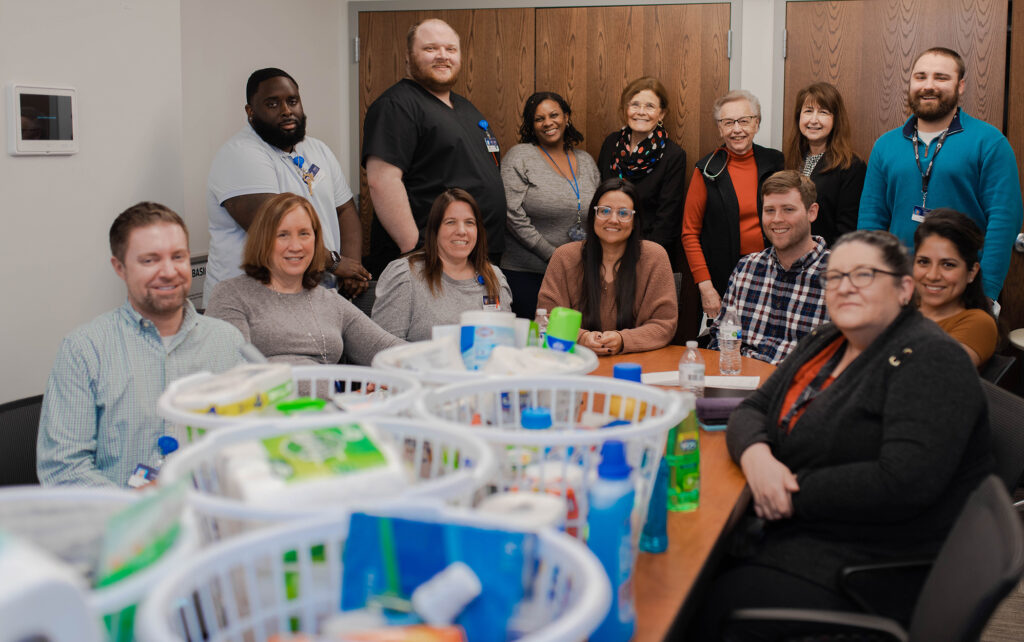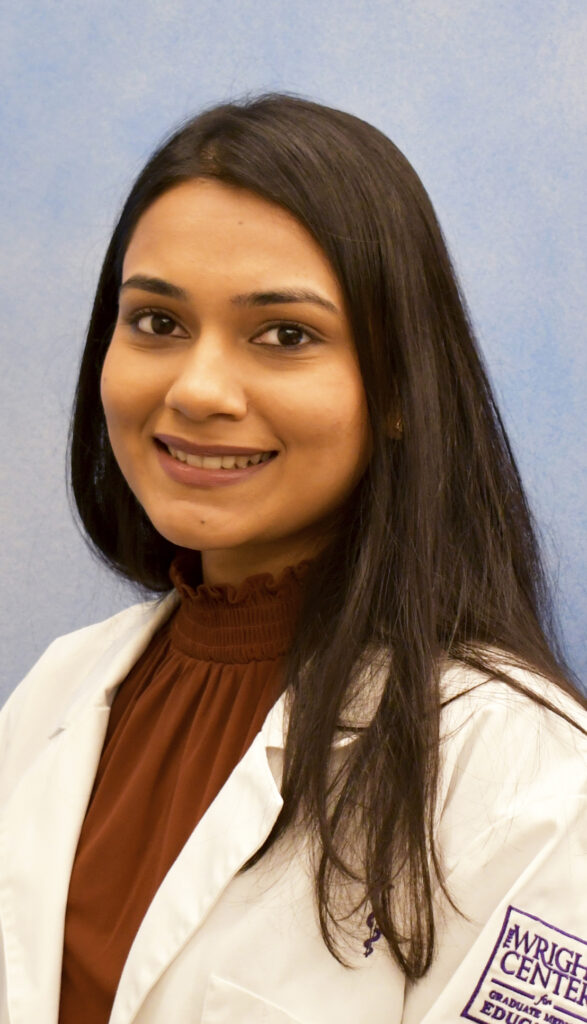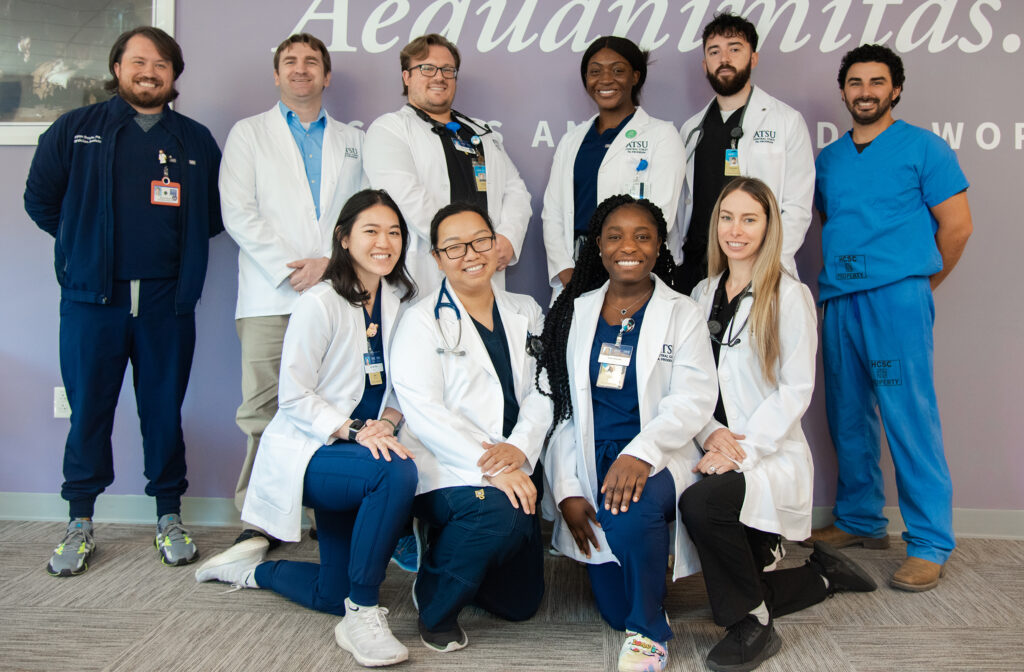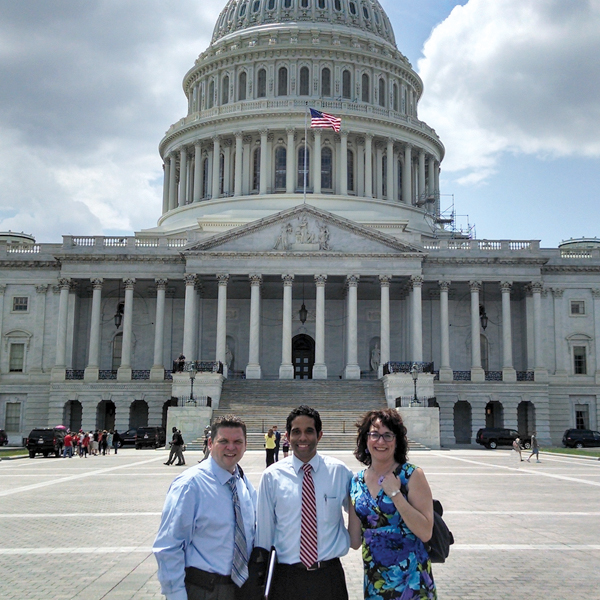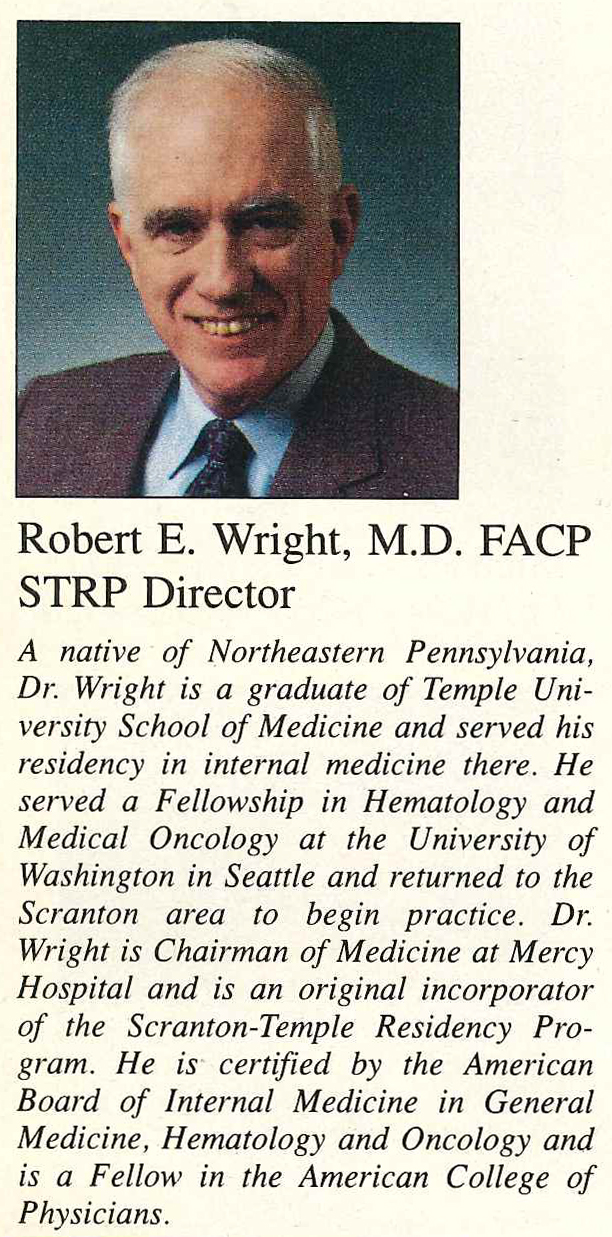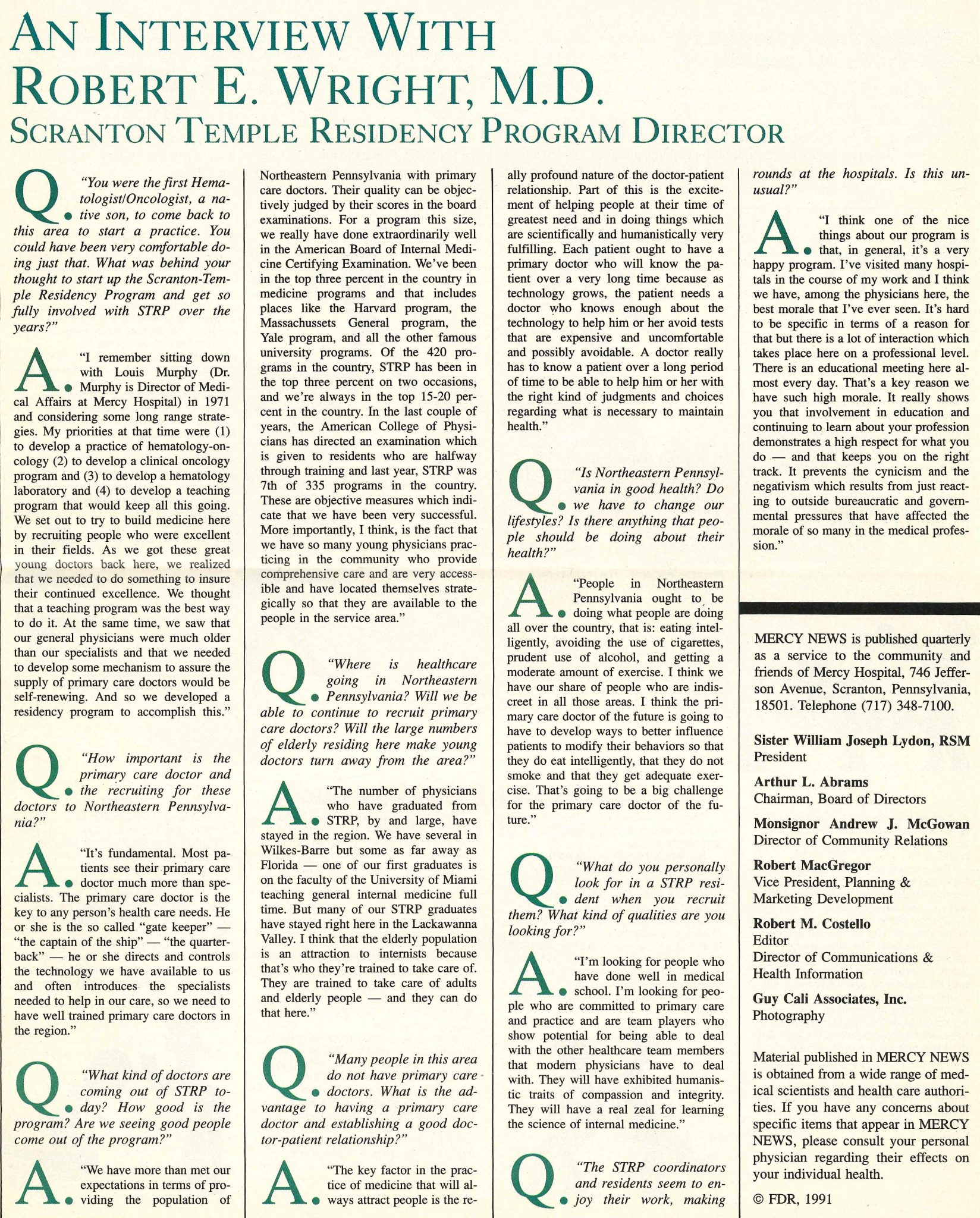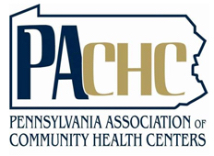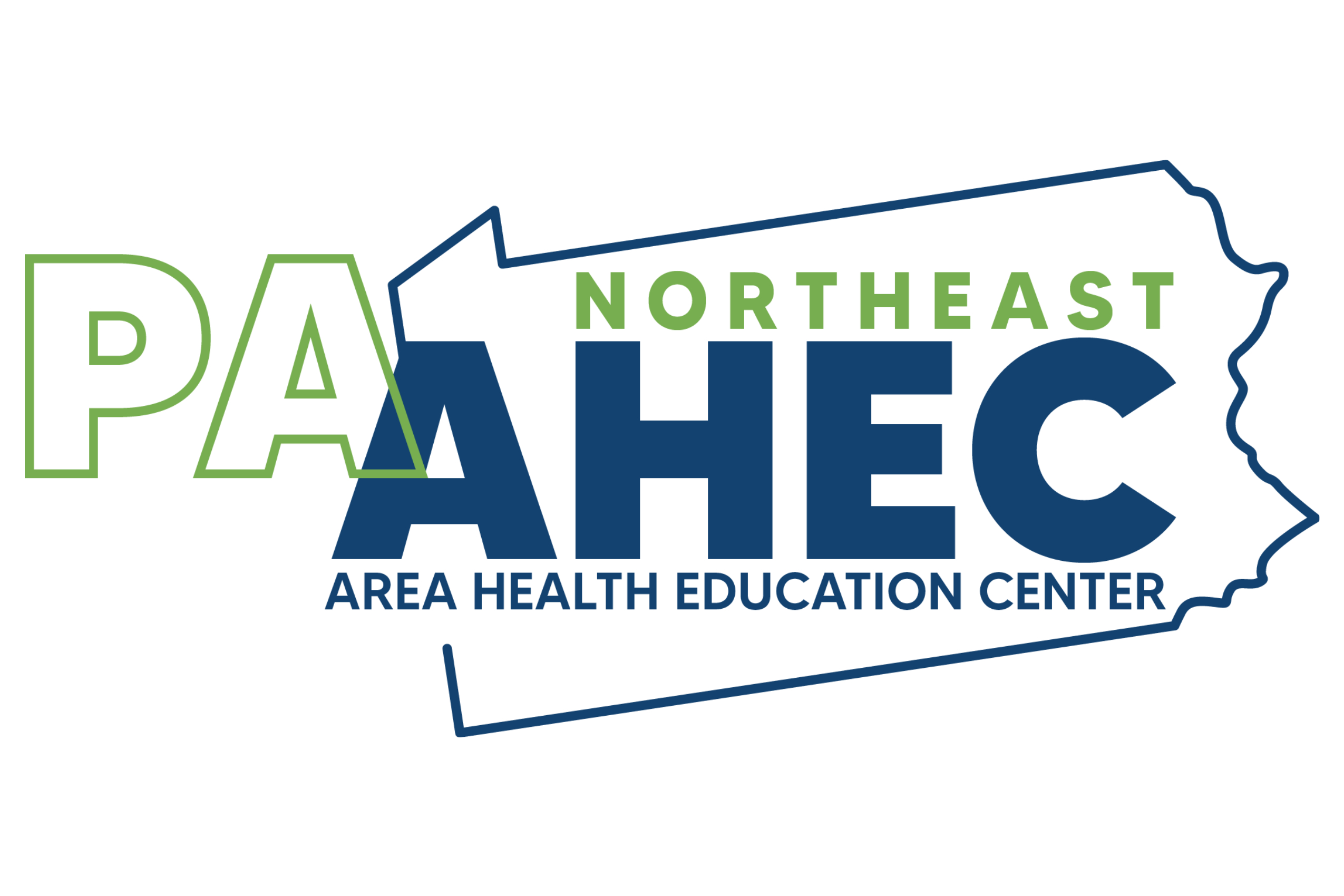The Wright Center for Community Health welcomed the first class of master’s degree-level physician assistant students from the Central Coast Physician Assistant program to its network of primary care practices. A.T. Still University of Health Sciences’ new initiative, in partnership with the National Association of Community Health Centers, enables students to gain knowledge and experience in the field. Members of the inaugural class, first row from left, are Kari Nhi Pham, Lisa Lac, Adjoa Ghansah and Rachel Aroneo; and standing, Bryan Boyle, MPAS, PA-C, The Wright Center; Gregory Castle, Stefan Howard, Diana Omozee, Tomislav Lojpur and Angelo Brutico, MPAS, PA-C, The Wright Center.
The Wright Center for Community Health recently welcomed eight master’s degree-level students who will be gaining knowledge and experience in its primary care practices as they complete a program to become physician assistants.
The students are part of the first class to enroll in the Central Coast Physician Assistant program, a new initiative of A.T. Still University of Health Sciences (ATSU) in partnership with the National Association of Community Health Centers and select health centers across the country.
Participants in the 24-month program attend ATSU’s Santa Maria campus in California for one year during their pre-clinical phase. Then they enter a clinical phase, which includes 35 weeks of supervised clinical practice experiences at The Wright Center or other partnered community health center.
“The Wright Centers for Community Health and Graduate Medical Education are deeply immersed in and passionately committed to developing and inspiring our current and future interprofessional health care workforce,” said Dr. Linda Thomas-Hemak, president and CEO of The Wright Centers for Community Health and Graduate Medical Education. “We are excited to embrace an expanded role in preparing physician assistants to work in community-based teaching health center settings, where they will serve and care for historically underserved populations.
“Our partnership with ATSU’s College for Healthy Communities will force-multiply the delivery of our shared mission to improve the health and welfare of America,” she added. “Future graduates of the program will be essential for the continued workforce renewal of safety-net community providers such as The Wright Center for Community Health, which depend on dedicated teams of caring, patient- and community-centered healers.”
Physician assistants Bryan Boyle and Angelo Brutico, each of whom is a Marywood University alumnus and Wright Center employee, will provide on-site program supervision and leadership as ATSU’s regional directors of physician assistant education.
The Central Coast Physician Assistant program prepares its graduates to be “highly competent professionals in the science of medicine” who are “steeped in the osteopathic tradition of body, mind, and spirit care for the whole person.”
The Wright Center and ATSU have a long track record of successfully collaborating to conceptualize and launch programs that develop compassionate, skilled physicians and other health care professionals to help address workforce shortages in the nation’s rural and other underserved communities.
Representatives from the A.T. Still University School of Osteopathic Medicine in Arizona (ATSU-SOMA), based in Mesa, were involved in the planning stages of The Wright Center for Graduate Medical Education’s National Family Medicine Residency – a first-of-its-kind program that places resident physicians in one of four partner training sites in the U.S.
In 2020, as part of a separate program, The Wright Center for Community Health became a rotational host site for aspiring doctors enrolled at ATSU-SOMA – which prides itself on being “the medical school of the future.” The school’s unique medical education model allows students to spend their first year on campus in Mesa, Arizona, followed by three years at a community health center, where an emphasis is placed on fostering community-minded physicians who will be advocates for equitable health care access. About 30 ATSU-SOMA medical school students are currently based at The Wright Center’s primary care practices in Northeast Pennsylvania.
These programs, in combination with The Wright Center for Graduate Medical Education’s existing residency and fellowship programs, have positioned The Wright Center nonprofit enterprise to be a true regional provider of interprofessional health care education.
The inaugural cohort of physician assistant students is scheduled to complete its clinical rotation at The Wright Center in June 2023.
To learn more about opportunities in the Central Coast Physician Assistant program, visit ATSU’s website at atsu.edu. Or contact Carla Blakeslee, The Wright Center’s coordinator of clerkships, by calling 570-591-5116 or sending an email to blakesleec@thewrightcenter.org.
